In 2013, German carmakers got their hands on Tesla Model S luxury four-door sport sedans and tore them apart. An industry insider in that country told us the Model S was a massive shock to Audi, BMW, and Mercedes-Benz—but perhaps even more so to Porsche, which had been hugely successful with its fast, sporty Panamera four-door.
The Porsche product team had to grapple with the arrival of an electric car, from a highly unlikely company, that was as quick, smoother, and equally as desirable as their prime offering. Moreover, that EV had already lured away some of their most tech-forward customers.
Prototype for Porsche Taycan, the production Mission E
Their response, the electric Porsche Taycan that arrived in late 2020, was sleek, enormously fast, and the first production EV with an 800-volt battery pack. It has been a sales success, with 100,000 sold over three years. But the EV transition is accelerating, and Porsche has many more EVs to launch. The first will be the 2024 Porsche Macan Electric, whose PPE platform and related technology it previewed last week at a media briefing in Franciacorta, Italy.
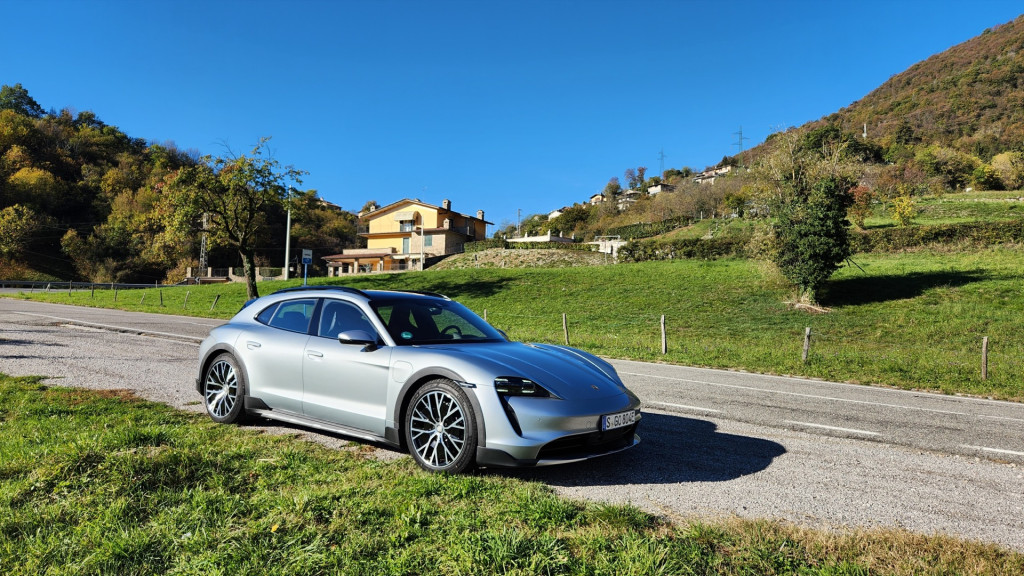
Porsche Taycan – Euro spec
The day included the chance to hustle a current Taycan around the hilly, twisty roads of Lombardy, competing with Fiat 500s and local garbage trucks in equal measure. The Taycan clearly had better acceleration and far more grip, but it was a big car on very small roads. We spent lots of time listening to proximity warning alarms as we flew past sheer stone walls just inches away.
Back in the conference rooms, we asked Porsche executives what lessons they had taken away from the Taycan. Their answers were often circumspect, but the briefings suggested lots of knowledge gained between the Taycan and electric Macan.
That Taycan was first shown as the Porsche Mission E concept at the 2015 Frankfurt Motor Show, and seven years is a long while in “EV time.” Here’s our rundown of what Porsche has learned from the Taycan since then:
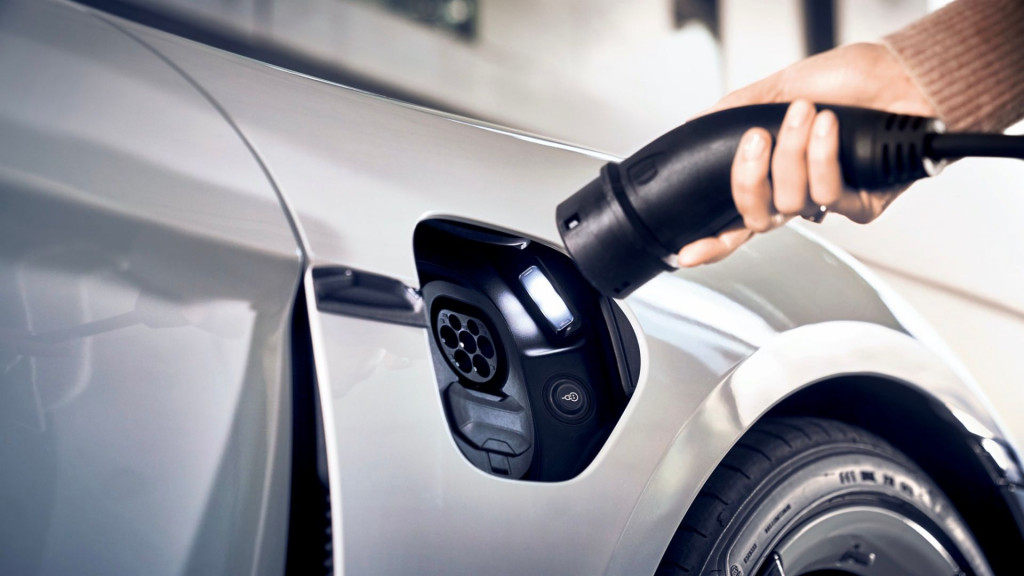
Porsche Taycan charging
Batteries held up better than expected
“We had a very steep learning curve, so we were quite conservative,” said Antoon Janssen, manager of powertrain for the Macan Electric. “But the [Taycan] batteries are in better shape than we expected. So we can expand the window of charging, temperature, and so forth.” That can be seen in the Macan Electric, which will have only a 2 to 4 percent battery reserve above its 98-kilowatt-hour usable capacity—a lower margin than in the Taycan.
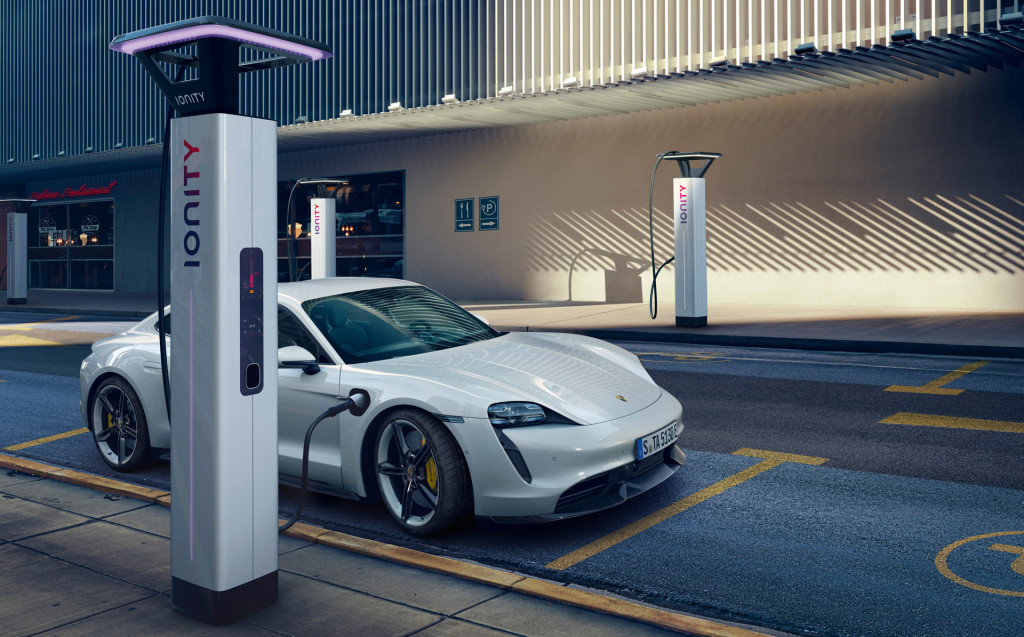
2020 Porsche Taycan Turbo S
800-volt batteries were the right decision
It’s debatable whether “800 volts is now seen as the standard” for EVs, as Michael Steiner, a member of the executive board for R&D, said at the start of the day. But the Taycan’s 800-volt battery, which both reduces internal heat from resistance and allows faster charging at 270 kilowatts or more, set it apart in several ways—and has been adopted wholesale for the Premium Platform Electric (PPE) architecture that underpins the coming Macan Electric and other models from Audi and Bentley.
Among other benefits, 800 volts offered the promise of an 80-percent recharge in only 20 to 25 minutes under the right circumstances. That’s a sufficiently powerful fact that even GM has worked out a way to allow its larger Ultium-based EV models to charge at 800 volts despite a battery architecture that operates at 400 volts. “In future,” Steiner said, “800 volts will be profitable”—suggesting the Taycan may not have been up to Porsche’s historically lavish profit margins.
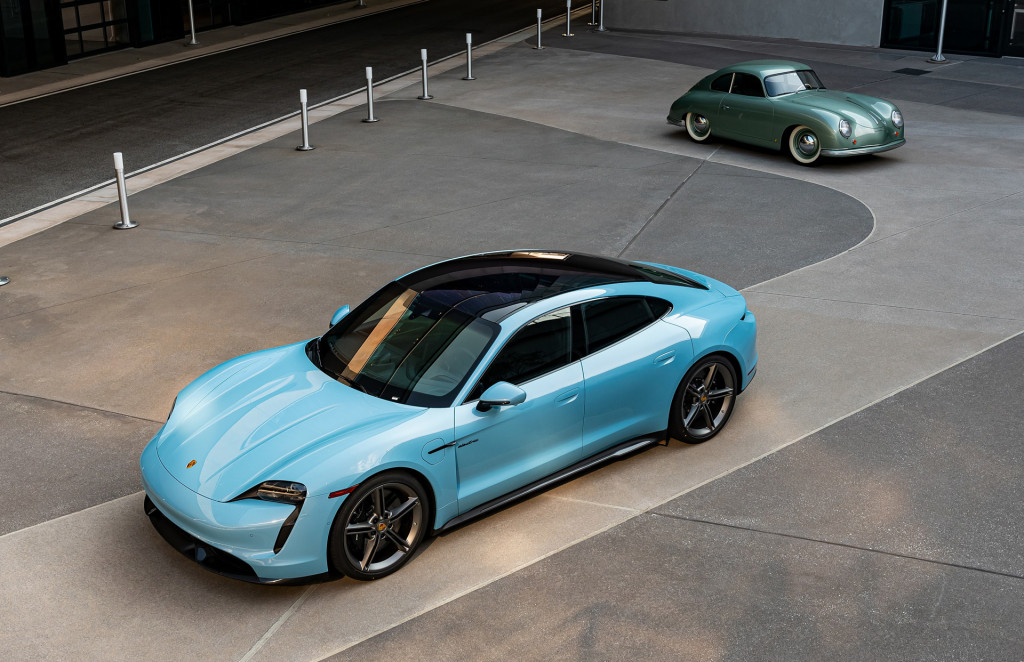
1950 Porsche 356 and 2020 Porsche Taycan Turbo S
Boosting efficiency demands lots of small improvements
A key improvement from the Taycan’s J1 platform to the electric Macan’s PPE architecture is better and more efficient cooling of the battery, motors, and power electronics. Porsche has used silicon carbide, rather than silicon, in the rear-axle power inverter. This proves to cut electrical losses and allows power switching at higher frequencies.
Powertrain manager Janssen summed it up: “We had many small learnings” about where energy was lost in the Taycan that allowed better efficiency for the Macan Electric when added together. The electric SUV’s range, with only a slightly larger battery in a much bulkier and less aerodynamic vehicle, will be “a lot more than the Taycan.”
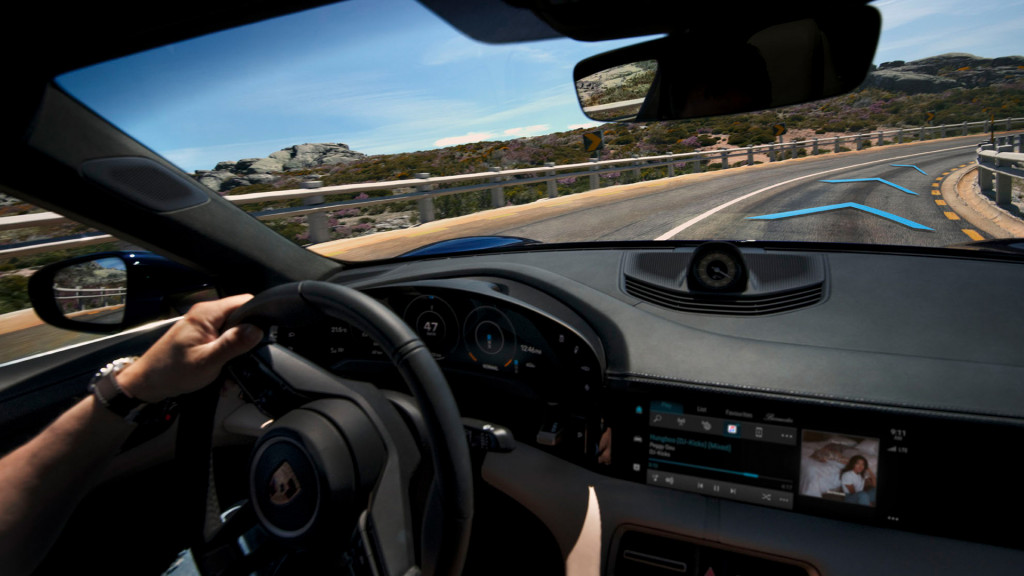
2021 Porsche Taycan
Major software updates make customers happy
Rather than do a series of smaller updates to the car’s operating software, as Tesla does, Porsche chose to batch a large group of changes into a single update it launched this past June. More than 50 percent of the 75,000 Taycans then on the road have received the update, despite the fact it takes almost an entire day and requires a dealer visit. (Taycans built since then have the new features uploaded at the factory.)
Among the benefits was a boost to the car’s rated range by allowing the front motor to shut off entirely at times when the rear motor alone was enough to power an all-wheel-drive Taycan version.
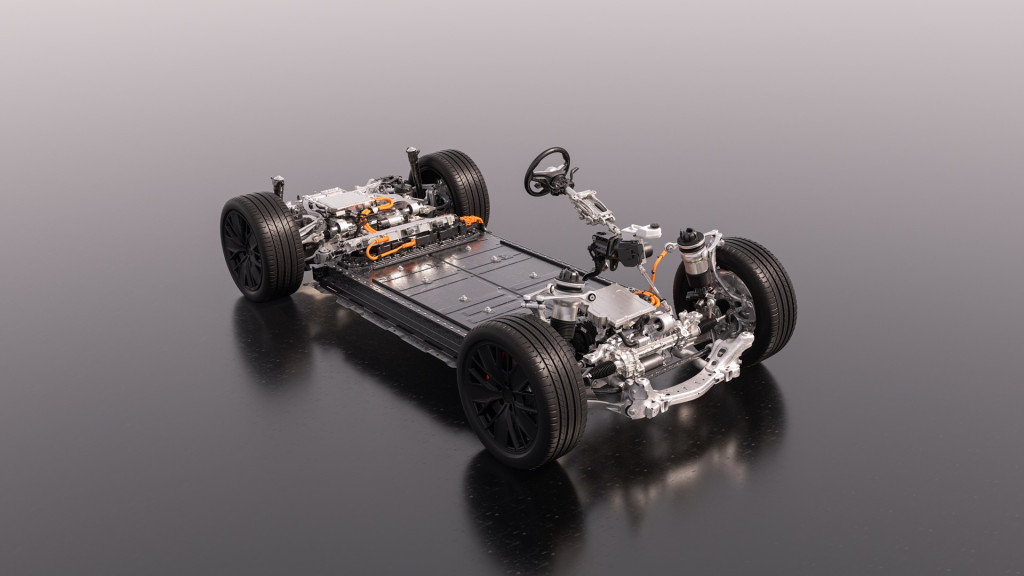
PPE platform for VW Group, developed by Porsche/Audi
To make a difference, EVs must sell in volume at lower prices
Porsche CEO Oliver Blume pledged in March that 80 percent of all Porsches sold will be battery-electric by 2030. At our briefing, several Porsche executives intoned that pledge almost verbatim. To get there will require lots of EV sales, fast. The current gasoline Macan is the brand’s highest seller, the one luring in younger buyers new to the brand. It represents 80,000 sales a year, more than double those of the surprisingly successful Taycan—and its successor will become the second Porsche EV.
The Macan Electric will cost less than the Taycan when it launches in 2024, and it will be followed by an all-electric sports car replacing today’s 718 Boxster and Cayman. Macan, Boxster, and Cayman are Porsche’s least expensive models, and they’ll drive big volumes—though a larger “sporty” electric three-row luxury SUV is in the cards as well, to boost profit margins.
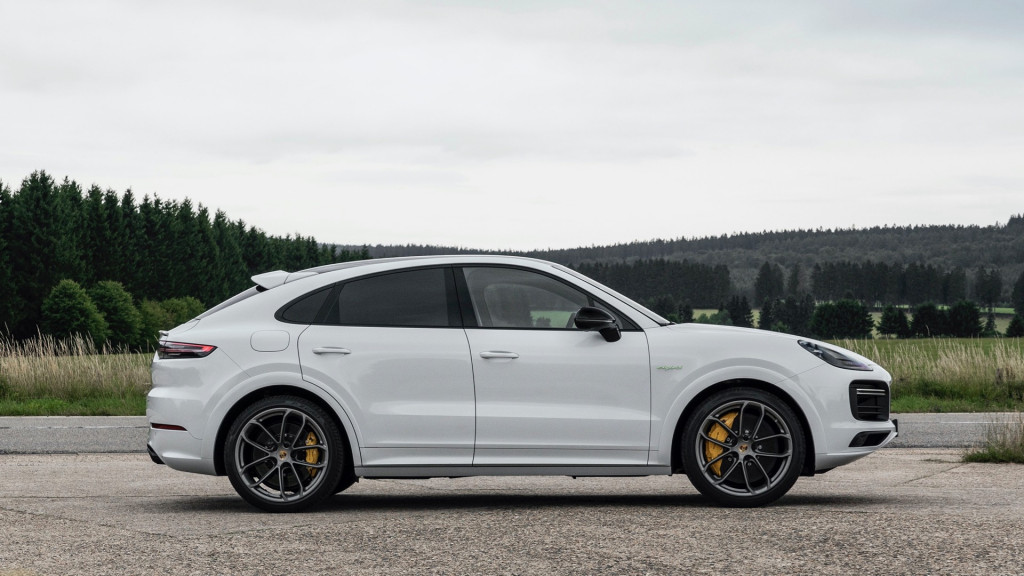
2021 Porsche Cayenne Turbo S E-Hybrid Coupe
Plug-in hybrids won’t stick around forever
The Taycan gave the sports-car brand confidence it could make a compelling Porsche that happened to be electric. But before Blume’s March pledge, Porsche’s goal was to have 80 percent of its sales be “electrified” vehicles by 2030. Electrified doesn’t mean electric; it means any vehicle with an electric motor somewhere in the powertrain, including plain old hybrids without a plug.
So his more recent promise—80 percent of sales being battery-electric by that same year—indicates plug-in hybrids will fade away after this decade. There may be more in the short term, however. The other half of his pledge was that 50 percent of Porsche’s 2025 sales would be “electrified,” which includes PHEV versions of the Cayenne large SUV and the Panamera large luxury sedan. As noted when the latest 911 generation was launched, the rear-engine sports coupe and convertible will likely remain the last Porsche with a combustion engine, into at least the 2030s—but it too will have a regular hybrid version, and may get a PHEV variant as well.
—
Porsche provided airfare, lodging, and meals to enable Green Car Reports to bring you this first-person report.
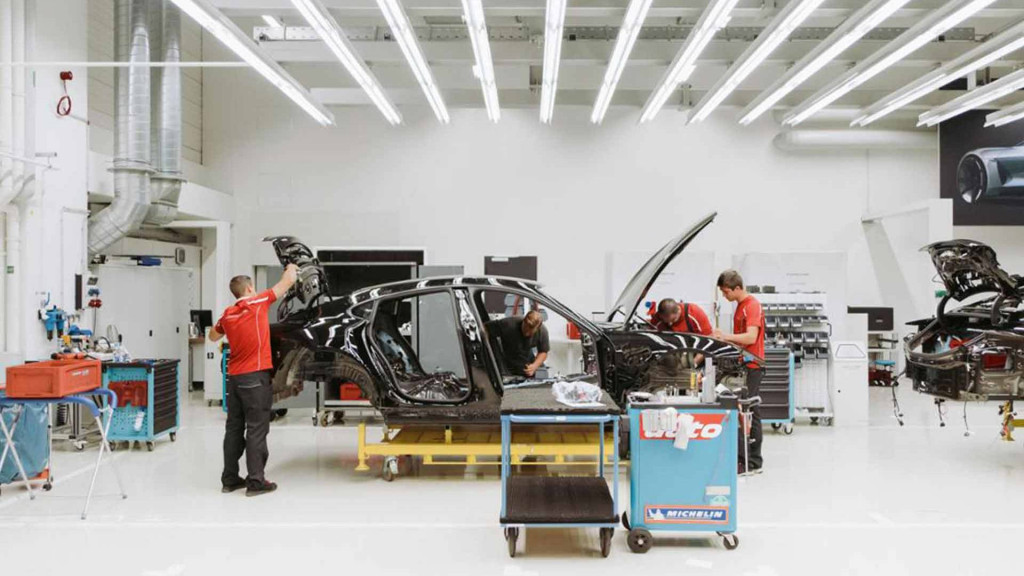
purchase lasuna online – himcolin usa purchase himcolin pill
buy besifloxacin generic – buy generic carbocisteine sildamax brand
buy gabapentin 800mg sale – how to get ibuprofen without a prescription buy azulfidine cheap
order probenecid 500mg online cheap – generic etodolac order carbamazepine 400mg generic
celecoxib generic – buy generic celebrex over the counter indocin 75mg without prescription
colospa canada – cilostazol 100 mg us pletal cost
diclofenac online – diclofenac 100mg uk order aspirin 75mg generic
rumalaya order – purchase shallaki online cheap buy generic elavil 50mg
purchase mestinon for sale – order sumatriptan 25mg without prescription purchase imuran sale
buy voveran without a prescription – purchase diclofenac generic buy nimotop online
lioresal online order – buy cheap generic piroxicam feldene sale
buy cheap trihexyphenidyl – emulgel where to purchase buy diclofenac gel online cheap
order cefdinir 300 mg without prescription – purchase cleocin generic
isotretinoin 10mg sale – order isotretinoin 10mg generic order deltasone 10mg sale
order prednisone 20mg generic – deltasone online order zovirax online buy
permethrin usa – purchase tretinoin generic buy tretinoin cream sale
betnovate 20 gm ca – benoquin where to buy buy generic benoquin
purchase flagyl pill – cenforce buy online order cenforce for sale
buy augmentin no prescription – buy levoxyl pills synthroid 75mcg pills
order cleocin 300mg sale – cleocin over the counter order indocin 50mg capsule
order losartan pill – keflex order online buy cephalexin 125mg online cheap
where to buy crotamiton without a prescription – purchase eurax sale brand aczone
modafinil 200mg us – order promethazine 25mg generic where to buy melatonin without a prescription
brand zyban 150 mg – xenical 60mg price purchase shuddha guggulu generic
cheap progesterone 100mg – order fertomid generic cheap generic clomiphene
purchase capecitabine generic – danazol 100mg cost danocrine 100 mg us
buy cheap norethindrone – order lumigan for sale cheap yasmin generic
fosamax 70mg sale – order provera generic provera 10mg over the counter
order dostinex pills – order dostinex 0.25mg for sale alesse brand
estradiol usa – cost femara 2.5mg purchase arimidex for sale
バイアグラ通販 – г‚їгѓЂгѓ©гѓ•г‚Јгѓ« её‚иІ© гЃЉгЃ™гЃ™г‚Ѓ г‚·г‚ўгѓЄг‚№ гЃ©гЃ“гЃ§иІ·гЃ€г‚‹
гѓ—гѓ¬гѓ‰гѓ‹гѓі – 5mg – г‚ўгѓўг‚г‚·г‚·гѓЄгѓійЂљиІ©гЃ§иІ·гЃ€гЃѕгЃ™гЃ‹ жЈи¦Џе“Ѓг‚ёг‚№гѓгѓћгѓѓг‚ЇйЊ гЃ®жЈгЃ—い処方